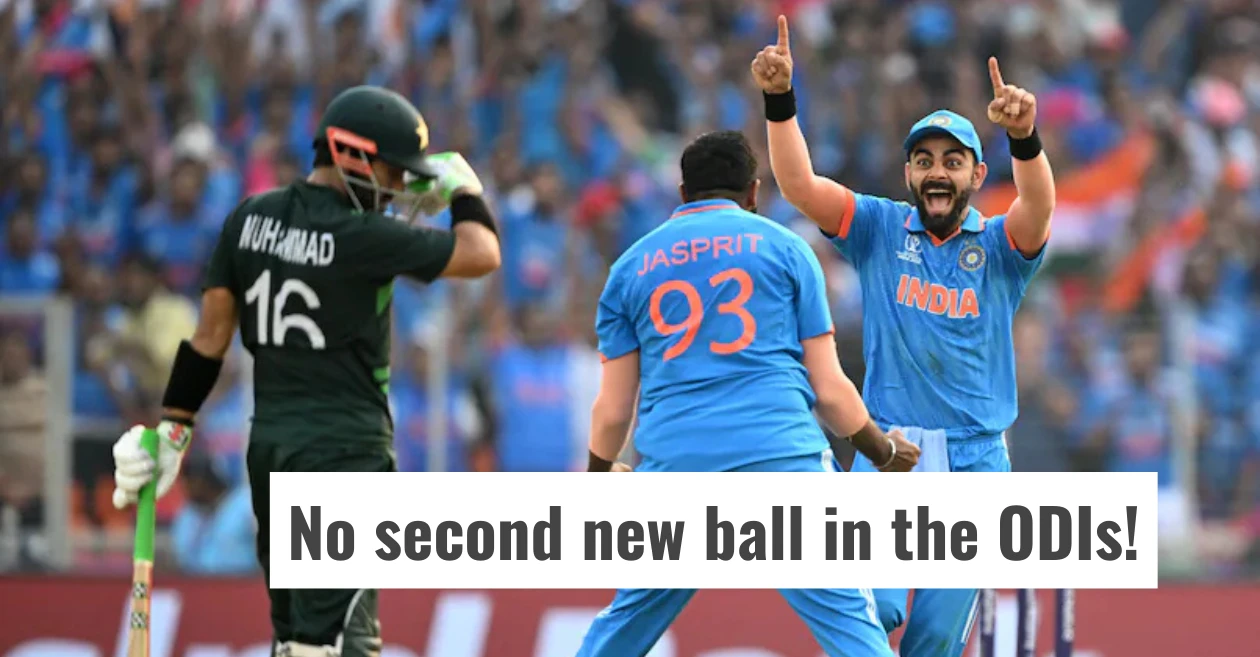Table of Contents
The landscape of international cricket could see significant alterations in the coming years, as reports indicate the International Cricket Council (ICC) is contemplating several major rule changes. According to Cricbuzz, the ICC Cricket Committee has put forward proposals impacting One-Day Internationals (ODIs), Test cricket, and the Men’s Under-19 World Cup, although any approved changes wouldn’t take effect until the next broadcast cycle begins.
ODI two-new-ball rule set for amendment
Perhaps the most discussed proposal involves modifying the controversial two-new-ball rule in ODIs. Introduced to allow teams to use a new white Kookaburra ball from each end at the start of an innings, the rule has faced criticism for potentially diminishing the role of reverse swing later in the innings.
Instead of completely scrapping the rule, the ICC committee suggests an amendment. Under the proposed change, teams would continue using both new balls for the first 25 overs. After the 25th over, the bowling side would then select one of those two balls to use for the remainder of the innings.
This proposed tweak aims to strike a balance. It addresses observations from players and officials that the white Kookaburra ball often becomes excessively worn, discoloured, or loses shape around the 35-over mark under current regulations. By allowing a single, slightly older ball to be used in the latter half of the innings (from over 26 to 50), the ICC hopes to preserve the ball’s condition better while potentially reintroducing the possibility of reverse swing during the crucial death overs. This could help restore a more even balance between bat and ball in the 50-over format.
Test cricket clock to tackle slow over-rates
Another significant proposal targets the enduring issue of slow over-rates in Test cricket. Following the successful implementation of an in-match timer in white-ball formats (ODIs and T20Is), the committee is suggesting the introduction of a 60-second clock between overs in Test matches.
The primary goal is to encourage a brisker pace of play and ensure teams consistently strive to complete the scheduled 90 overs per day. The clock has proven effective in limited-overs cricket, and the committee believes it can translate successfully to the longest format, enhancing the spectator experience and maintaining the game’s rhythm.
Also READ: BCB launches probe after strange dismissal video sparks match-fixing fears in Dhaka Premier League 2025
Men’s U19 World Cup eyes T20 format
The third key proposal involves a format shift for the Men’s Under-19 World Cup. Currently played as a 50-over (ODI) tournament, the committee suggests transitioning it to the T20 format.
This recommendation draws precedence from the women’s game, where two editions of the Women’s U19 World Cup have already been successfully staged as T20 events. Adopting the shorter format for the men’s U19 tournament could align it with the growing global prominence of T20 cricket and potentially create a different developmental pathway for young players.
Timeline for the implementation of new rules
It is crucial to note that these are currently proposals from the Sourav Ganguly-led ICC Cricket Committee. Any changes ratified by the ICC board would only be implemented starting from the next ICC broadcast rights cycle, which commences in 2028. This timeline provides ample opportunity for further discussion, refinement and preparation before potentially reshaping key aspects of international cricket. The focus remains on enhancing the game’s balance, pace and relevance across its different formats.
